CFSチャージの計算方法:輸出入者のための完全ガイド
著者: Guanwutong / June 13, 2025
Many importers and exporters have a hard time figuring out and estimating Container Freight Station (CFS) charges which make up a big part of all international shipping costs.
Because these charges often add a lot to your logistics budget, it is important to understand how to calculate them well. You will learn all about consolidated shipments, CFS charges and cfs shipping , from the first principles to the most advanced ways of calculating them.

1. コンテナ・フレイト・ステーション(CFS)とは?
A Container Freight Station helps by merging Less than Container Load (LCL) cargo and placing it into containers for smooth ocean transport or removing cargo from containers ready for the final delivery step. With Full Container Load (FCL) shipments, you rent a full container, but with lcl shipments, your cargo is combined with other shippers in a container and handled at a specialized CFS.
2. Understanding CFS Operations and Services
Important functions at the CFS facility are accepting, checking and handling cargo, handling documentation, managing the grouping and separation of goods, temporary storage and assistance with customs clearance procedures.
To operate safely, storage firms need specific machinery, well-trained staff and specific areas which are among the factors that lead to more expenses for you. Once cargo gets to a CFS, it is inspected, checked for weight and measurements and all documents are verified before it is prepared for further transit.
3. Primary Types of CFS Charges
CFS operations require several different kinds of charges and each charge plays a unique function in handling cargo. The main categories consist of handling charges which handle the loading and moving of your goods throughout the facility, which contribute to overall transportation costs.
Usually, these charges appear per shipment or for each item you’re shipping and they cover the work and tools used to receive, sort and get your cargo ready for moving or delivery.
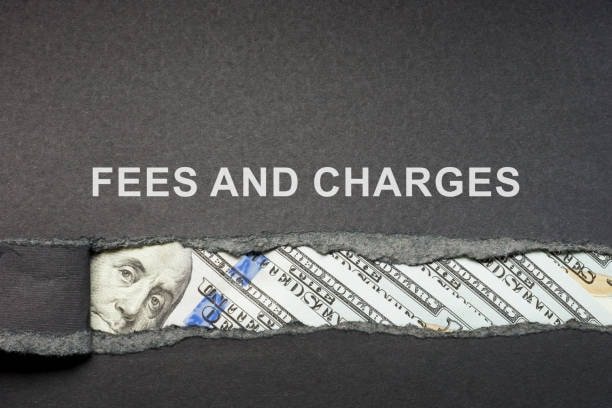
4. Storage and Warehousing Fees
貨物がCFS施設に保管される期間は、保管料の額に影響します。通常、最初の数日間は無料で、それ以降は有料となります。CFS施設では、仕向港での迅速な貨物の引き取りと、サプライチェーン業務の継続的な効率化を図るため、時間の経過とともに保管料が増額されます。保管料の仕組みを把握することで、費用を節約できるタイミングで貨物通関を手配することができます。
5. Documentation and Processing Charges
書類作成および処理にかかる手数料は、通関書類、貨物明細書、さまざまなサプライチェーン関係者とのコミュニケーションなど、貨物の管理に関わる作業に対するものです。料金は、施設の規則と必要な船荷証券の事務処理の両方に応じて、貨物ごと、船荷証券ごと、または貨物総額のシェアとして設定される場合があります。

6. Special Handling and Additional Service Fees
貨物の検査、写真撮影、再梱包、または特別な取り扱いのための追加費用は、顧客がこれらのサービスを必要とする場合に追加されます。保税CFS倉庫の保管とハンドリング・プロセス全体を通して重要な保護を必要とする商品には、主にセキュリティと保険の料金が請求されることがあります。このようなサービスは専門的であるため、価格が高く設定されています。
7. Weight vs. Measurement Calculation Method
CFS料金の計算で重要なのは、"重量または測定"(W/M)アプローチに基づく課金対象重量を割り出すことである。実重量と容積重量を比較し、どちらか大きい方に料金が加算される。容積重量の計算には、寸法を立方メートル単位で使用し、係数(例えば、1立方メートルは1000キログラムに相当する。 航空貨物)の結果を取る。
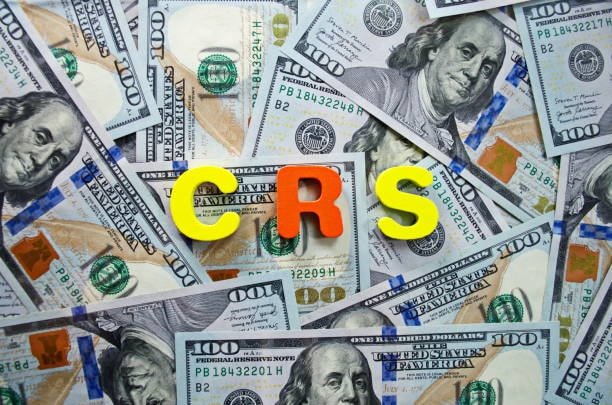
8. Cargo Type and Commodity Factors
また、化学品や生鮮品、大型貨物などを輸送する場合は、特別な手続きや安全確保が必要となるため、サプライチェーン・マネジメントの重要性が浮き彫りになります。これらのサービスには、コンテナ積載を含む特定の特別な資産、人員、設備が必要なため、危険物輸送の料金は高くなります。

9. Geographic Location and Regional Variations
また、化学品や生鮮品、大型貨物などを輸送する場合は、特別な手続きや安全確保が必要となるため、サプライチェーン・マネジメントの重要性が浮き彫りになります。これらのサービスには、コンテナ積載を含む特定の特別な資産、人員、設備が必要なため、危険物輸送の料金は高くなります。

10. Peak Season and Demand Surcharges
通常、多くの荷物が到着し、施設が限界に達するようなピーク時には、運送会社からサーチャージが請求されることがあります。通常、海運業界ではホリデーシーズンや出荷シーズンなど、1年で最も忙しい時期にサーチャージが発生します。出荷が特に混雑する時期を確認すれば、ピーク時以外の出荷を計画することができます。

11. ステップ・バイ・ステップのCFSチャージ計算プロセス
You need to follow a particular process to calculate CFS charges as part of the entire shipping process . Collect important data like the cargo’s weight, dimensions, kind and how long it will be kept for storage loaded containers.
Determine the chargeable weight by seeing which of the two, actual weight or volumetric weight, is higher. Charge basic handling fees by multiplying your chargeable weight by the facility’s handling rate and add storage charges based on the period the goods will stay after the free limit ends.
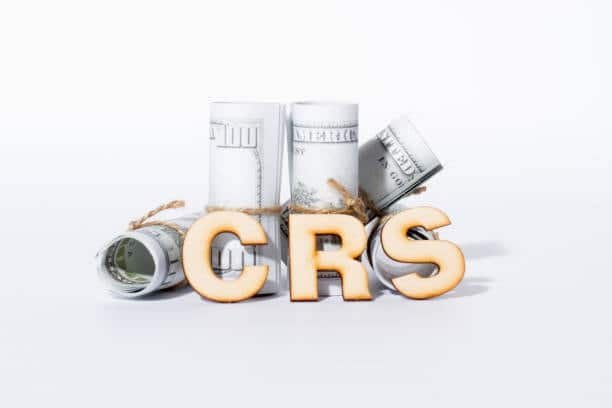
実践的な計算例
典型的なLCL貨物の重量は500キログラム、寸法は2メートル×1メートル×1メートルで、総貨物容積は2立方メートルです。標準的な計算式を使用すると、容積重量は2000キログラムとなるため、この重量が課金に使用されます。CFSの取扱料金が1トンあたり$50の場合、基本取扱料金は$100となります。無料期間中の保管日数、関連書類の費用、またコンテナ積載計画を考慮し、コンテナ満載の総費用を求めます。
コスト最適化戦略
CFSのプロセスを注意深く計画し、改善することで、プロセス全体を通してコストを適切に管理する必要があります。梱包を最適化することで、貨物が実際に使用するスペースよりも容積が小さくなり、運賃を最小限に抑えることができます。輸送スケジュールを調整し、貨物の保管期間を短縮する。また、貨物輸送業者や通関業者と常に相談し、通関手続きを迅速に行う。
12. テクノロジー・ツールとデジタル・ソリューション
Shipment technology now provides several ways to handle and estimate CFS charges more efficiently. A number of CFS operators supply online calculators that can help you calculate the fees for your cargo.
Typically, Transportation Management Systems have tools that automatically figure out the proposed charges and check cargo progress to enhance supply chain efficiency and save money on storage expenses container yards.
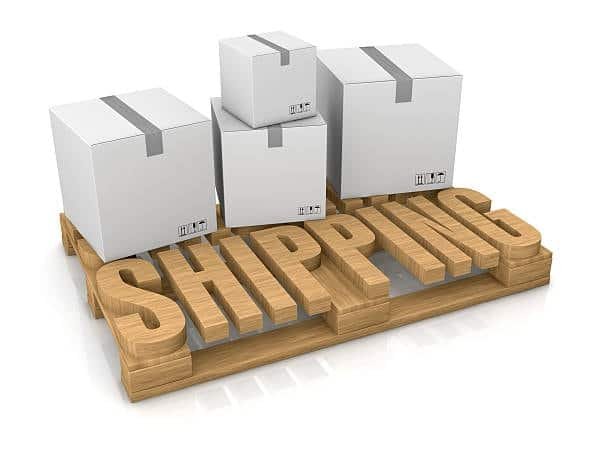
13. 避けるべき一般的な間違い
Avoid these typical issues: having the wrong weight calculation, missing seasonal fees or neglecting extra storage charges cfs station.
Because they only consider how much it costs to handle their shipments, many shippers tend to overlook storage, paperwork and various fees.
Getting full details and doing proper calculations before anything is done prevents unforeseen expenses and budget problems container freight stations form.
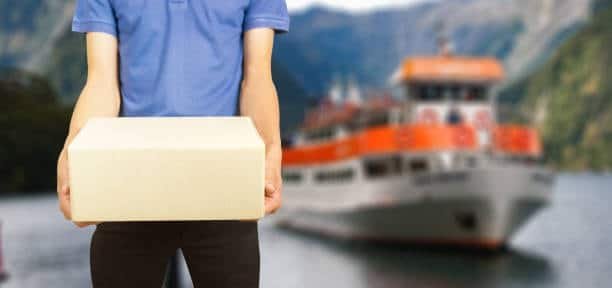
14. 規制遵守と法的考察
CFS には、料金と処理時間の両方に影響するいくつかの規制があるため、これらを考慮する必要がある。税関の規制は、貨物が全体のために港で費やす時間を増加させるかもしれない特定のステップまたは余分な検査を介して処理されなければならないことを意味するかもしれない コンテナ 空 コンテナ 。特定の地域では、CFSは、その手数料を設定し、顧客の紛争を処理する方法を制御する規則を持っている コンテナヤード.

For any questions, feel free to GWT Shippingまでお問い合わせください。 当社チームが、お客様の具体的なニーズに合わせて、専門的かつ国際基準に準拠したアドバイスをご提供いたします。
結論
To be good at CFS charge calculations, you must know the different parts that make up the total cost, for example, handling, storage, special services and and how containers pre compliance can affect this.
Properly examining your cargo, improving the way it is packed, picking the right time to move and use technology and professionals will help you reduce charges and ensure easy assembly and disassembly of goods in CFS facilities.
よくあるご質問
Once you understand the components of CFS charges, compare your invoice with standard market rates or request a transparent cost breakdown from your forwarder. Hidden markups often appear in documentation or handling fees. If your CFS costs seem high, ask your freight forwarder to clarify what’s included or request a new quotation based on actual cargo data (CBM, weight, port, and free days).
Yes. Even small shipments go through CFS processes if you use LCL service. By knowing how CFS costs are calculated (especially W/M rules), you can plan your cargo volume to make each shipment more cost-effective. Once your cargo volume grows beyond 15–18 CBM, switching from LCL to FCL can actually lower total costs.
Understanding CFS charges is step one; now you can build a full landed cost estimate. Combine:
Freight rate (sea or air)
CFS handling + storage
Customs and documentation
Local delivery or DDP fee
This gives a realistic picture of your end-to-end logistics cost.
Many forwarders (like GWT Shipping) provide free cost simulations or CBM-based calculators to help you forecast before booking.
After reading about CFS charges, apply these strategies immediately:
Schedule pickup within the free storage period to avoid penalties.
Consolidate cargo to reduce handling and documentation fees.
Choose ports with lower CFS rates or faster clearance efficiency.
Partner with a logistics provider who offers transparent billing.
If you’re not sure where to start, you can share your shipment details (origin, destination, cargo size), and your forwarder can review where costs can be reduced.
Most CFS charges are standardized by port, but the exact amount depends on your cargo type, volume, and destination. You can ask your forwarder for a pre-shipment quotation that lists:
CFS handling fee (per W/M)
Documentation and service fees
Expected storage time
Predicting these costs before booking helps you avoid “unexpected extras” in the final invoice.
Absolutely. Professional forwarders coordinate directly with the CFS operator—covering documentation, consolidation, customs, and storage payment—then bill you transparently.
This saves time, reduces miscommunication, and ensures your cargo is released faster.
Freight forwarders understand local CFS rate structures, free time policies, and customs procedures. They can:
Negotiate better CFS rates on your behalf.
Recommend optimal shipping routes and timing.
Handle all documentation to prevent storage delays.
Working with a reliable forwarder ensures transparency, efficiency, and significant cost savings.
Now that you understand how CFS charges affect your total logistics cost, you can:
Review your latest invoices and identify CFS-related costs.
Ask your supplier or forwarder for an “all-in” quotation including CFS fees.
Evaluate whether LCL or FCL suits your shipment size.
Compare CFS rates between major ports.
Knowing the terms is just the first step; using them smartly is how you save time, cost, and stress.
Yes — most logistics providers (including ours) can analyze your specific shipment details, route, and cargo characteristics, then calculate optimized CFS and freight options for you.
Share your route, volume, and destination with your forwarder — they’ll tell you exactly how much each part of your cost (including CFS) contributes, and where to optimize.
Handling Fees: Cover loading, unloading, sorting, and internal transport inside the CFS.
Storage Fees: Apply when your cargo stays in the CFS beyond the free period.
Documentation Fees: Cover customs forms, cargo manifests, and communication with logistics parties.
Understanding this breakdown helps you identify where most costs occur and where optimization is possible.
Do you have other questions about your shipment?

